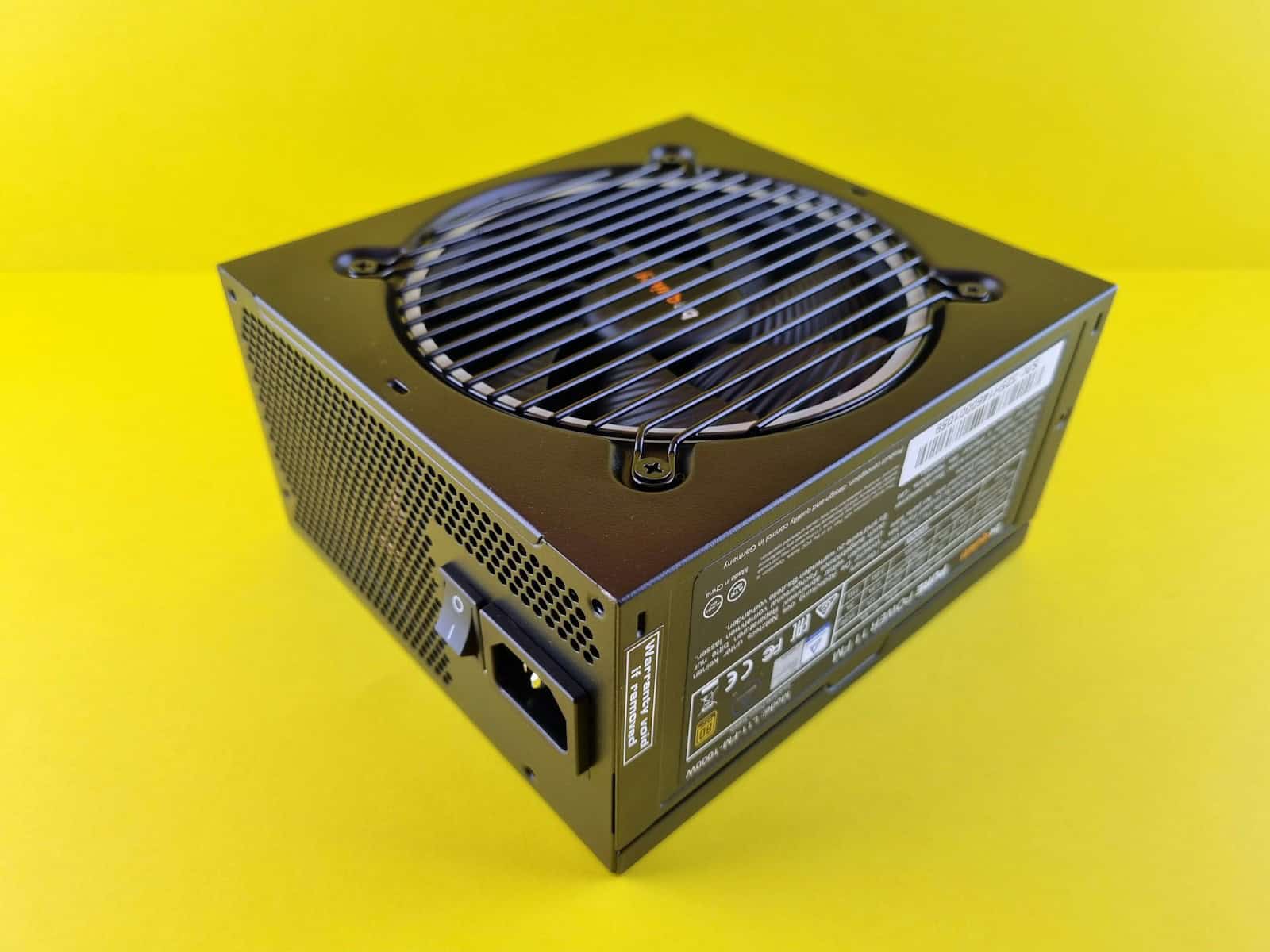Selecting the right power supply unit (PSU) is crucial for a stable and efficient PC build. The PSU is responsible for distributing power to all the components in a computer, and its capacity, measured in wattage, must meet the demands of those components. Estimating the wattage needs starts with assessing the power requirements of the PC’s most critical parts like the CPU, GPU, motherboard, and storage.
Individual components list their power requirements, and aggregating these can give a starting point for determining total system wattage. However, one must account for additional power peaks during intense operations or future upgrades. To cater to these, a margin above the calculated total ensures the PSU can deliver consistent power without being overstressed, which enhances both performance and longevity.
Adding a buffer to the wattage calculation also accommodates for another vital aspect of PSU selection: efficiency. Power supplies come with efficiency ratings, indicated by the 80 Plus certification, depicting how effectively they convert AC to DC power while minimizing energy loss as heat. A more efficient PSU consumes less power and operates cooler, which can lead to a more silent and ecological PC setup.
Powering Your PC: Finding the Right PSU Wattage
The power supply unit (PSU) is the heart of your computer, providing juice to all your components. Choosing the right PSU wattage is important to keep your system running smoothly and avoid potential damage. Here’s what you need to know:
Why Wattage Matters
Wattage is the measure of power your PSU can deliver. Each component in your PC, from the CPU and GPU to the fans and storage drives, has a wattage rating. The total wattage of all your components determines how much power your PSU needs to supply.
Calculating Your Wattage Needs
- Use a PSU Calculator: The easiest way to estimate your wattage needs is to use an online PSU calculator. These tools let you input your specific components, and they calculate the recommended PSU wattage for you. Some popular PSU calculators include:
- Check Component Specifications: If you prefer a manual approach, you can look up the wattage ratings for each of your components. Add up the total wattage, and then add about 30% as a safety margin to account for spikes in power usage.
Additional Factors to Consider
- Future Upgrades: If you plan to upgrade your components in the future, choose a PSU with a bit more wattage than you currently need.
- Efficiency Rating: PSUs have efficiency ratings (80 Plus Bronze, Silver, Gold, etc.). Higher efficiency ratings mean less energy is wasted as heat, which can lead to lower electricity bills and a cooler-running system.
Common Wattage Recommendations
| Type of PC | Recommended PSU Wattage |
|---|---|
| Basic Office PC | 400-500W |
| Gaming PC | 650-850W |
| High-End Gaming PC | 850-1000W or more |
Remember, these are just guidelines. Your specific needs may vary depending on your individual components.
Key Takeaways
- A PSU must match the wattage requirements of a PC’s components.
- It is sensible to choose a PSU with a higher wattage than the sum of component requirements.
- PSU efficiency affects overall power consumption and system temperature.
Determining Power Supply Wattage and Efficiency
Choosing the right wattage for a power supply ensures stable performance and efficiency. This section helps readers calculate their PC’s power needs and select the right PSU.
Understanding PC Power Consumption
Every component in a PC, from the CPU to fans, draws a certain amount of power measured in watts. The central processing unit (CPU), graphics processing unit (GPU), solid-state drives (SSDs), hard drives, RAM, motherboard, fans, and any connected peripherals all contribute to the total power consumption. The CPU and GPU are often the most demanding, especially in gaming PCs where they work harder and consume more power.
Calculating Total Power Demand
To calculate the power demand of a PC build, add up the Thermal Design Power (TDP) of all components. TDP indicates the maximum amount of power the cooling system needs to dissipate. Power supply calculators take into account each component’s power draw, including when they’re running under load such as during overclocking. They provide an estimated wattage the PC requires to operate effectively.
Efficiency and 80 Plus Certification
Efficiency in a power supply is a ratio of the power it provides to the power it draws from the outlet. PSU efficiency is denoted by the 80 Plus certification, which includes ratings like Bronze, Silver, Gold, Platinum, and Titanium. A higher efficiency rating means more power gets converted from the wall to the PC components, with less wasted as heat. This also leads to potential energy savings and reduced operating costs.
PSU Headroom and Future Planning
It’s advisable to select a PSU with more wattage than the system currently needs, generally by about 20-30%. This headroom supports stability and ensures the PSU can handle future upgrades without being underpowered. An underpowered PSU can lead to instability or a shortened lifespan for the power supply and connected components. Additionally, components can perform better and last longer when they receive stable and ample power.
Choosing the correct PSU wattage and efficiency rating benefits PC performance and longevity.







